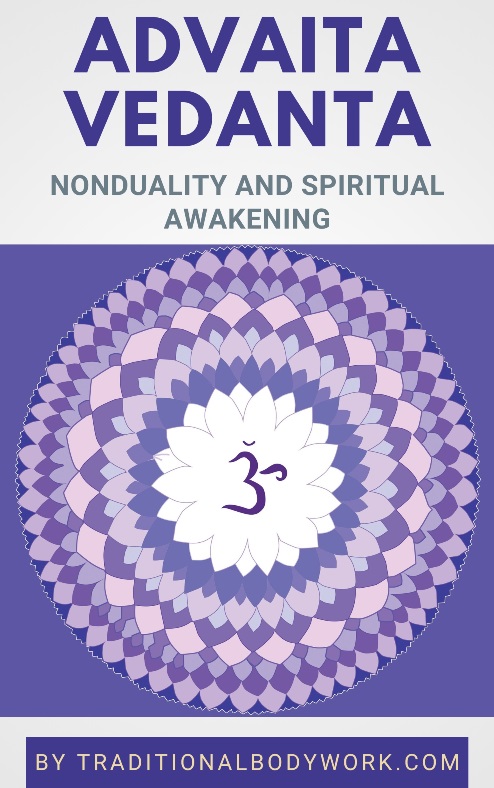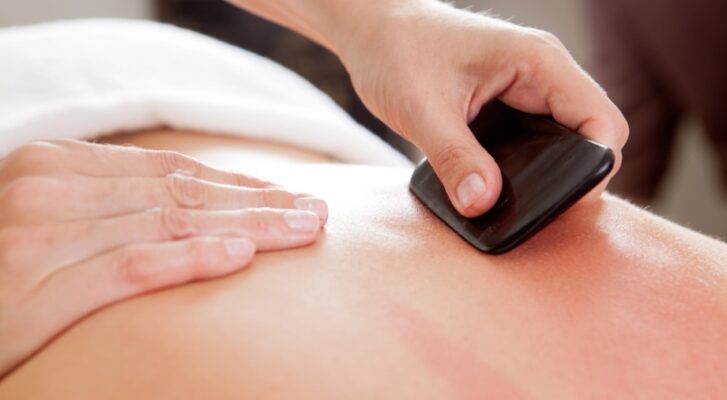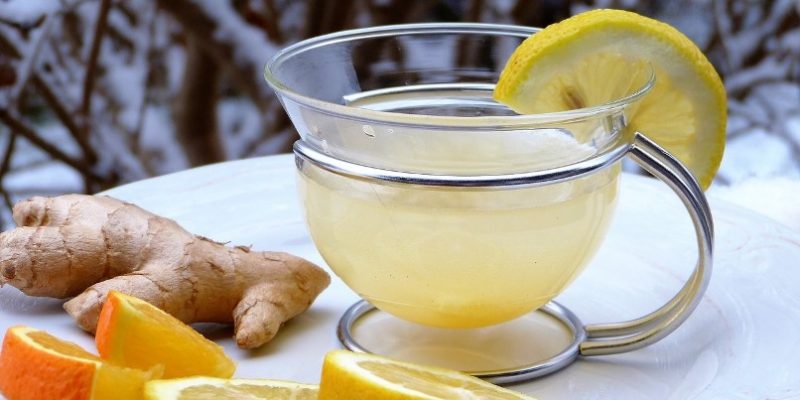
Threading is a traditional, natural technique for hair removal that is thought to have originated in the region what’s now India, Pakistan, Afghanistan and Persia (Iran). It’s a cosmetic practice that has gained some popularity in the West, where it’s primarily applied to shape the eyebrows. Nevertheless, threading is also used to remove unwanted hair on the rest of the face.

The threading technique is applied by using a doubled, twisted thin cotton or polyester thread, which is rolled over the areas where one wants to remove hair. The rolling motion creates a kind of small lasso, which can be used to encircle one or more hairs. The thread then contracts and pulls the single hair or hairs out at the follicle level. It’s a very precise method, which can work more fine-grained than, for instance, waxing.
Threading can be done for you or you can do it yourself using various ways: the hand method, mouth method, shoulder and neck method, where each technique has its advantages and disadvantages. However, beauticians usually apply the mouth method (the threading practitioner holds one end of the thread in the mouth), being fast and rather precise.
Like epilation done with tweezers (which, by the way, only pull out hairs one by one) the threading practice can be somewhat more pinchy or painful. The results of a threading session generally last for about two to three weeks, but depending on hair type and regrowth speed, it may last up to six weeks.
Receive occasional news about our new eBook and Video Workshop publications.
















